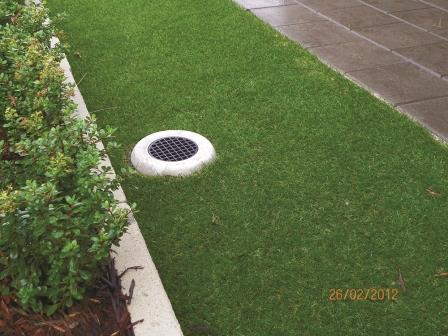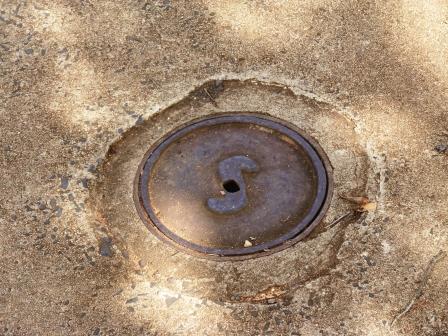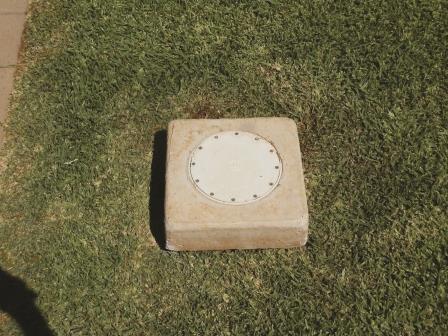As a property owner, it is your responsibility to maintain or repair sewer pipes within your property, up to the connection to Council's sewer. By maintaining your own property's sewer pipes and ensuring that the installation and any modifications to your pipes are carried out in accordance with the Plumbing Code of Australia, you will assist in minimising sewer blockages and repair work.
A Yard Gully generally has a loose-grated metal or plastic removable lid to allow sewage to overflow if a blockage has occurred. This should prevent sewage from overflowing inside your house.

The National Plumbing Code states the gully opening should be at least 150mm below the lowest point of your internal household drainage plumbing fixtures.
Keep your gully clear of all objects and debris both on top and around so that it is easy to locate and remove the cap. You should not flue or fix the removable lid on the concrete surround.
The gully should be 75mm above ground level except if located on a pathway. If on a pathway, the surrounding surface level should fall away from the fully to prevent ingress of water.
Boundary shafts are located close to the property boundary and sewer main and, in the event of a blockage, should be located and inspected by the owner of the property. If the boundary shaft if visibly blocked, please contact Council. If the boundary shaft is not blocked, you will be required to contact a plumber.

 Examples of Boundary Shafts
Examples of Boundary Shafts